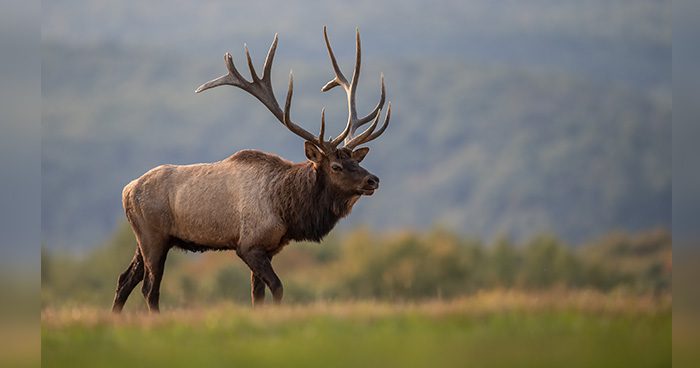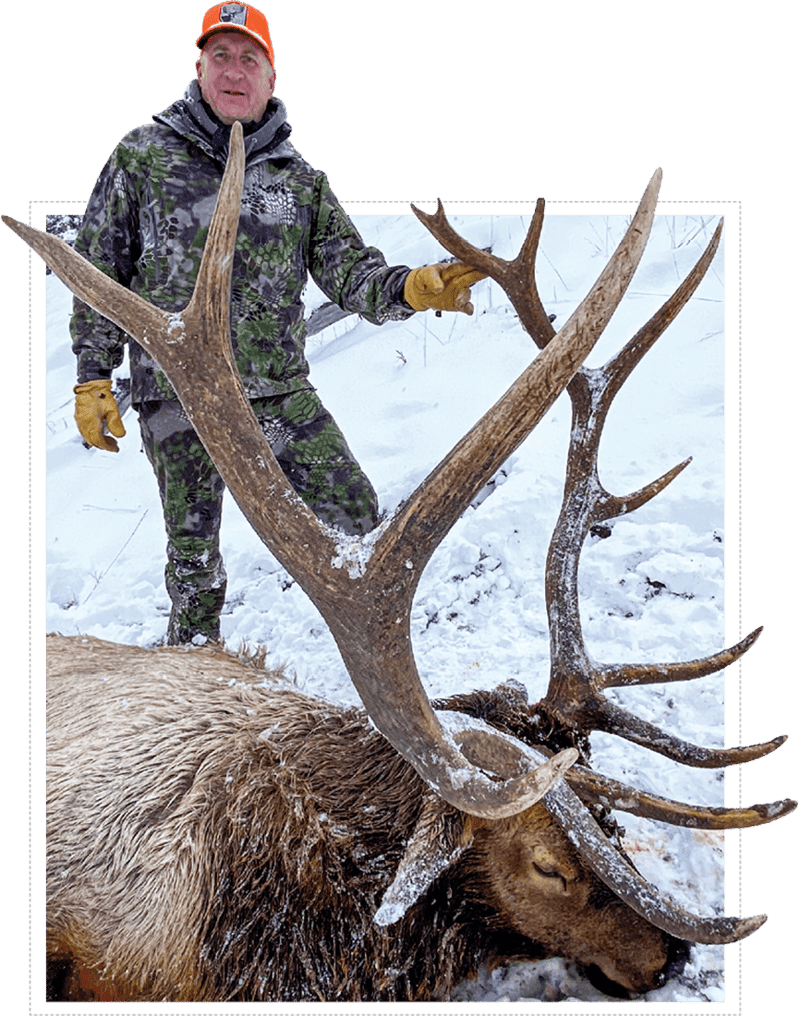NM Application Strategy
By William Abeyta
I don’t know if this happens to all of you hardcore hunters, but with the end of each hunting season I already start to dream about drawing that next tag and where I’m planning to apply for the new seasons. I tend to scour the statistics on the areas that are known to produce animals and study the draw odds for my application strategy.
Because New Mexico, (NM) doesn’t have any preference or bonus points in the draw, it truly is a luck of the draw system every year. I view this as being both good and bad. The good is that you have an even shot at drawing any tag that you put in for. The bad is that the draw odds are pretty steep for most hunts because of the number of hunters putting in for those hunts. With this in mind, I plan my hunts accordingly. For all hunts NM allows up to three hunters per application and up to three hunt choices. For deer and elk there is a fourth choice for a specific quadrant of the State for any unused tags. And on most hunts, there is also a fifth choice for a depredation hunt and those are on call. Meaning, you will get placed on a list in the order you were drawn and if there is a need to conduct a hunt for that particular species/area, the G&F starts calling hunters on the list to see if they can participate in that particular hunt when called. A valid phone number is advised so you don’t miss out. Every year the G&F calls for different hunts and several years ago, two Rocky Mountain Bighorn Sheep hunters were called and two 170+ class rams were harvested.
To go into the draw, NM requires you to have a Customer Identification Number, (CIN) which is obtained from the G&F website by creating an account. Once this has been completed, you can apply online, by phone or through an outfitter. A game hunting and or game hunting & fishing license and Habitat Management Access Validation, (HMAV) stamp is required to apply for any big game species. The way the draw works is all applications are entered into an automated system that randomly assigns each application a sequence number. It then starts selecting an application based on the sequence number that was assigned. If selected it then views the first choice and if licenses are available it will assign them to you. If not it then goes to the second choice then third choice. After the first pass it will then select the fourth choices for deer and elk via quadrant for unfilled tags, and lastly it will select the fifth choice and place them in the order of selection. In NM you can have your first choice for rifle, second choice for muzzleloader and third choice for archery or in any combination. By law, NM issues tags on an 84/6/10 split. Meaning 84% of the tags awarded go to residents, 6% go to non-residents without a guide and the remaining 10% are awarded to those applying through a registered outfitter.
Elk – My strategy for elk is somewhat consistent from year to year but can vary depending on the circumstances. I always apply for archery and I usually put in the best hunt as my first choice then a good area with better draw odds as my second choice and last, just try to draw a tag as my third choice. But if you have hunts planned for other states, you can still apply for NM and shoot for the moon and put all three choices for really good areas. That way if you do draw you will have a great hunt, no matter the location. I seldom put in for a fourth choice because most of the depredation hunts are for cows but this is my choice.
Deer – My strategy for deer varies from year to year and I often mix my weapons choices. But regardless of the weapons choices, I still put in for the best hunt as my first choice, then a better odds draw in a good area as my second choice, and last, just try to draw a tag but still have a reasonable opportunity to harvest a deer. Viewing the data on TagHub is critical to determine the better areas and odds.
Pronghorn – Because NM went to a new structure for awarding tags (only on public land), you must remember the quota for the license allocations: 84/6/10. For residents, my strategy is the same; I put in the for the best hunt first and then try to improve my chances of drawing a tag thereafter. However, for non-residents without an outfitter, you need to be sure to apply for hunts with more than 15 tags in order to have a chance at drawing a hunt. If you are using an outfitter you need to apply for hunts with at least 10 tags. Because of the amount of private land and the availability of tags, this is one species where it might be beneficial to purchase private land vouchers directly from the landowner or an outfitter.
Bighorn Sheep – The odds here are less than one percent for everybody so there really is no benefit over one area or another in terms of draw odds. The system has you first choose between Rockies or Deserts and then you get three choices with each. A fourth choice is offered for the Rockies but these are for ewes. When I apply I look at what dates work for me and go from there, however, some areas do produce slightly larger rams, so look at the ram scores on TagHub to see what works for you.
Exotics
Barbary Sheep – I look at the dates and see what works for me. Because of the difficulty in hunting them, I only apply for rifle hunts, but there are archery hunts available with better draw odds. There are no designated muzzleloader hunts but if that’s what you prefer, you can apply for the any weapons hunt and use your smokepole.
Ibex – When I was younger I used to put archery as my third choice but because of the difficulty in the hunt itself, I only put in for the rifle and muzzleloader hunts as my first and second choice. I do not have a third choice selected. The fourth choice is for female or immature animals so be aware of this.
Oryx – This is a popular species and they offer a once-in-a-lifetime, (OIL) opportunity or a broken horn hunt and also an off-range hunt. The off-range hunts are month long hunts year round but these are not easy and unless you know someone locally that can keep tabs on the animals and knows the available roads and areas to hunt, it’s really difficult for a non-resident. The draw odds for the OIL hunts don’t vary that much between hunts, so look at the dates that work best for you and give it a go. You have nothing to lose and your money is refunded minus the application fee.
Ike Eastman had the great pleasure of having long time friend Baker Levitt on the podcast. Baker has some great insights on the progression of building a business from the ground up. Baker has a long history of being apart of some great business stories including Kill Kliff. So sit down, break out your note pad and take some notes entrepreneurs!



